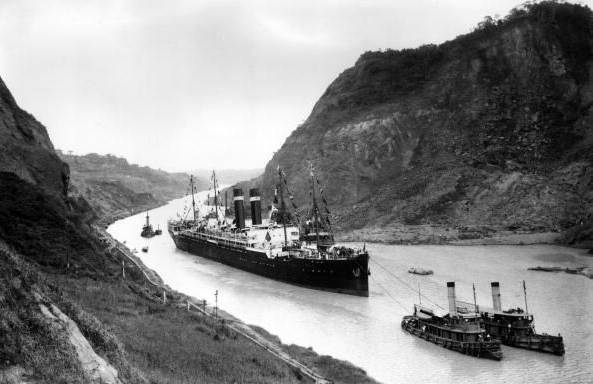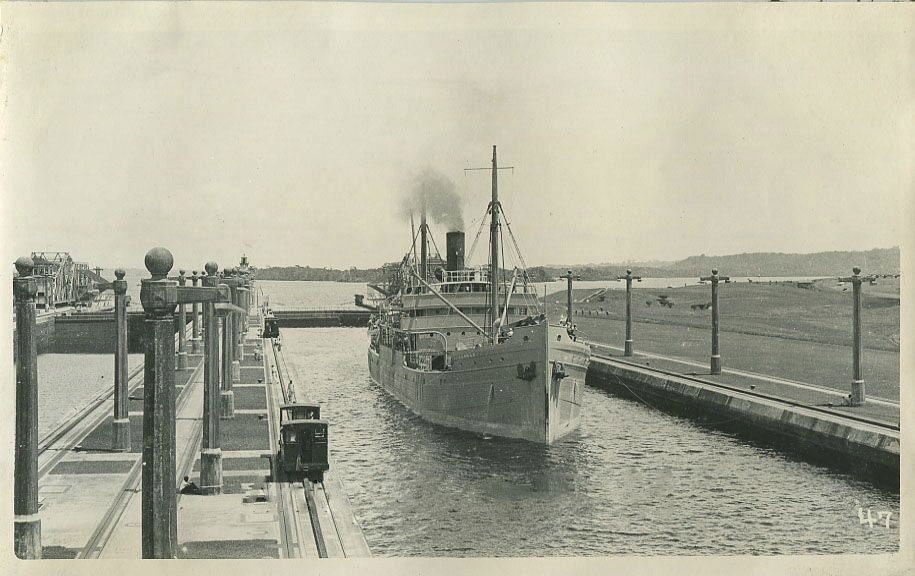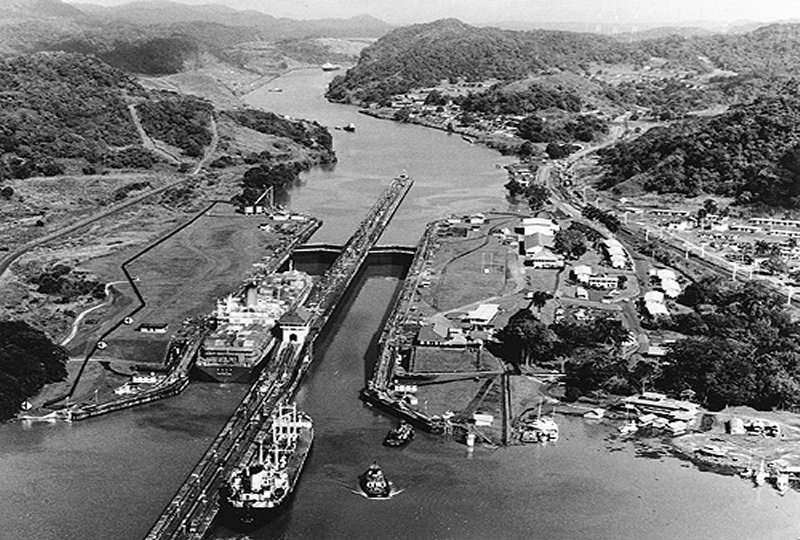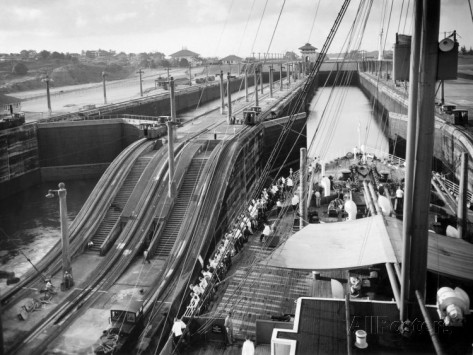The keeper talks through his prep and experience for session 4, and the regrettable loss of the audio files.
Session 4 — To Sea (Recap)
Oh, calamity of calamities. Somehow Logic Pro X decided to ditch the .wav files from last session, and the recording is now nowhere to be found. So I had no choice but to simply record a recap and take better care of my files in the future.
This time, our intrepid explorers first dig into the history of Acacia Lexington's heritage and history, finding The Narrative of Arthur Gordon Pym, before they finally set out to sea. But trouble follows them, and soon after we find them battling unseen enemies onboard The Gabrielle.
Our intrepid gaming group
We lose Bjørn, but gain his brother, Christian, who will be taking on the role of Dr. Hermann Altmeyer, an... alternative, let's say, german scientist.
Map of the Panama Canal
As our intrepid expedition members set to see, their journey takes them from the Atlantic Ocean through the Panama Canal to the great Pacific Ocean and south towards Australia.
The Panama Canal
A few choice shots of The Gabrielle passing through the Panama Canal.
Pemmican
Head on over to Cephalopod Productions to learn how to make a delicious block of faux pemmican, the choice meal for explorers and dogs everywhere.
Map of the World
There's no traversing the world without a proper map, and Stanford's General Map of The World from 1922 is just the ticket, especially because it comes in an outrageously high resolution for all your printing or online VTT purposes.
The Westbury Hotel
The hotel where Commander J. B. Douglas stayed while he was in New York, The Westbury Hotel, was located on Scammel Street. A nice bit of research on the part of the BtMoM authors (I had to research it myself to figure out where it was supposed to be), since Scammel Street was one of several streets that were torn down in the 30s, to be replaced with Vladeck Park Houses, built in 1940.
All that remains of this street today is a path through that housing complex.
You Must Listen
Session 3 — Rivalries
Strange things are afoot in the world of Antarctic expeditions, and our stalwart explorers set about figuring out what exactly is going on that is causing them so much trouble.
Here's a look at my 15" MacBook Pro and 27" Thunderbolt Display during a game. I use my 27" as my primary display, on which I have the 2nd edition manuscript open (which I've highlighted and annotated as needed), a 'todo' list for the chapter(s) we're playing, Skype (which I wish I could turn into a much smaller horizontal strip), Chrome with Roll20 open and Call Recorder for Skype running.
On the MacBook to my left, I have the soundboard and Nicecast, which is broadcasting the Soundboard audio stream (I don't really need that open) and finally Numbers, with my investigator matrix, where I can quickly look up the stats for all the investigators.
Dear Man of Science
Crew Roster
The crew (not counting the six player characters) of the 1933 Starkweather-Moore Expedition.
On Caustic Soda
When we were going through the manifests, the question about what exactly the caustic soda was being brought along for? So I wrote Chaz Engan, who wrote me back that: "Caustic soda is intended to absorb CO2 in the air renewal systems when flying at altitude".
So there you have it. It's also what Tyler Durden uses to mark the hand of the narrator in Fight Club, should that sort of thing somehow come in handy.
At The Mountains of Madness on The Verge Book Club
While I disagree with their assessment as to whether Lovecraft was a good writer or not, it's a good way to spend an absentminded hour (but not for players of my campaign, who know better than to go snooping).
Session 2 & 3 — Keeper's Debrief
Double whammy, as the keeper talks through his prep and execution of the second and third sessions.
Session 2 — Manifests, Deliveries and the Death of a Sea Captain
The expedition members begin the arduous task of auditing the manifests, and discover that all is not as it should be. A strange note arrives, a noted sea captain is found dead and a package disappears under mysterious circumstances.
A few snapshots from the session:
Wimsey (and Wimsey junior), Magnusson, McLoughal, Avery, Belcourt and the Keeper.
Belcourt, McLoughal, Wimsey, Avery, Magnusson (video and audio, don't ask) and Keeper.
Session 1 - Keeper's Debrief
The keeper talks through his experience of preparing to run Beyond the Mountains of Madness, and how the character generation and first session came together.
Session 1 — Arrival in New York
And so here it is, the first episode of the session recordings, in which the investigators are hired by the Starkweather-Moore Expedition, do some initial research, and finally meet up in New York as the expedition readies for the long journey southward.
The sound quality is at times questionable, due in part to Skype, and in part to my recording myself from the wrong microphone. Apologies, it gets better by session 2.
Mastering the Soundtrack
Currently using a good mix between iTunes, Soundboard, Soundflower and Nicecast to put together the soundtrack side of our game.
Pabodie's Drilling Rig
I found this schematic of professor Frank H. Pabodie's drilling rig used by the Miskatonic University Expedition, and in particular by Lake's party near the mountains, in their finding of the fossil caves. I aged it a bit, but beyond that I cannot take any credit for it.
The Former Location of the Amherst Hotel
“The Amherst Hotel is a mid-sized five-story older building on the corner of 8th Avenue and 44th Street in Manhattan, two short blocks from Times Square, in a quiet business district.”
The Amherst Hotel in New York was where Starkweather and Moore set up their temporary headquarters as the expedition readied for departure, renting out the 4th and 5th floors. Seeing as I live in New York, I made it my business to go there and walk around the neighborhood (as well as walk the distance down to Pier 74, to get a good feeling for how far away it is from the hotel; about 23 minutes as it were).













